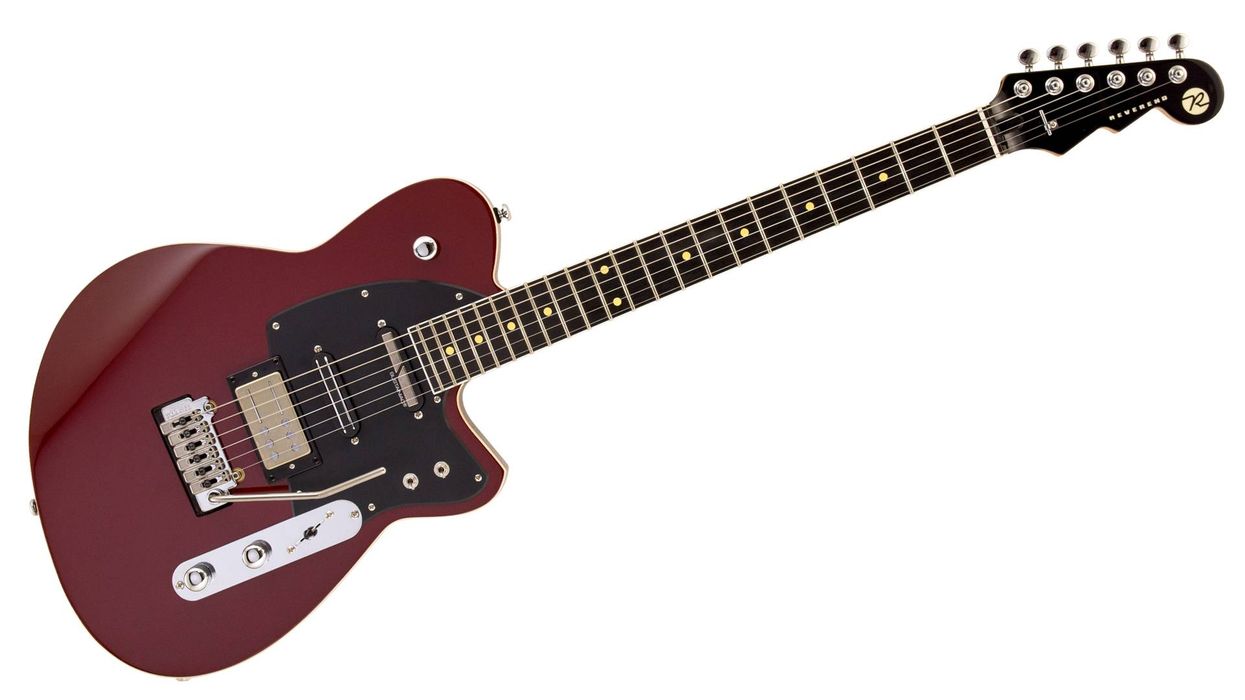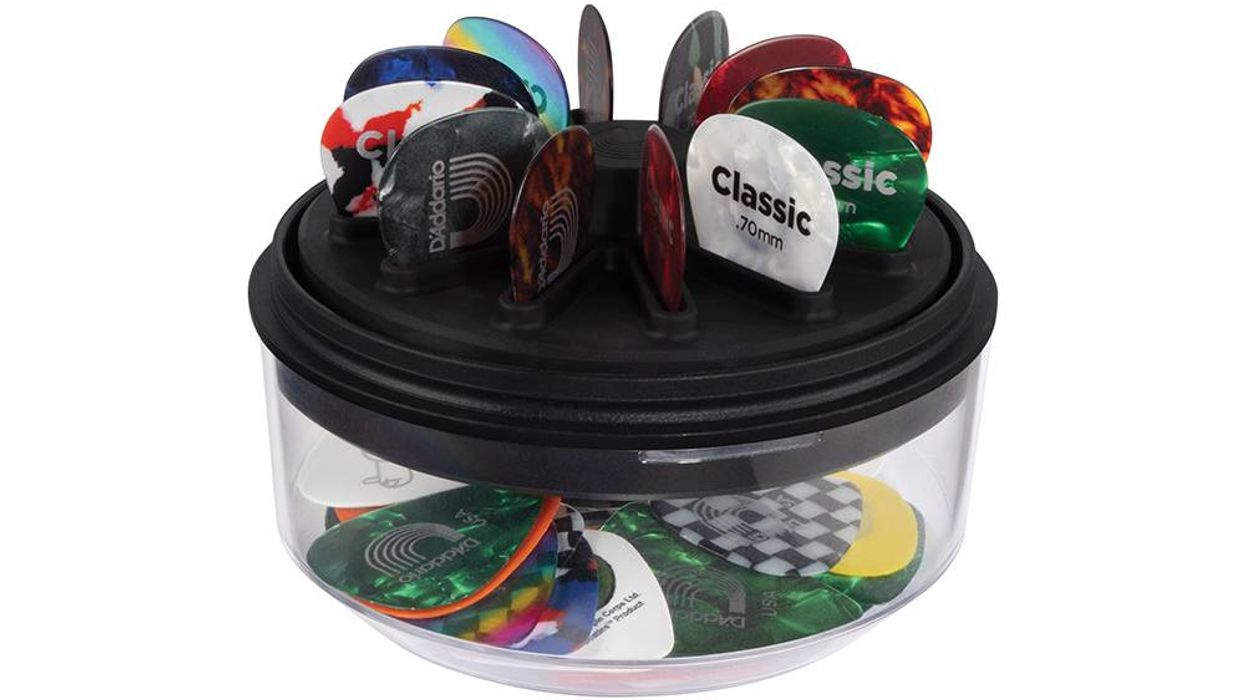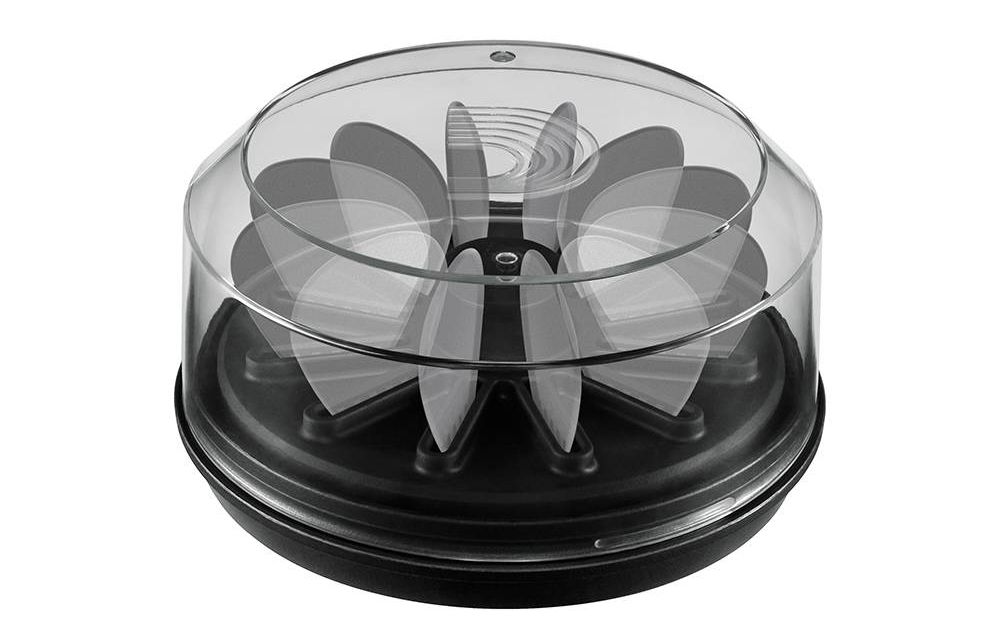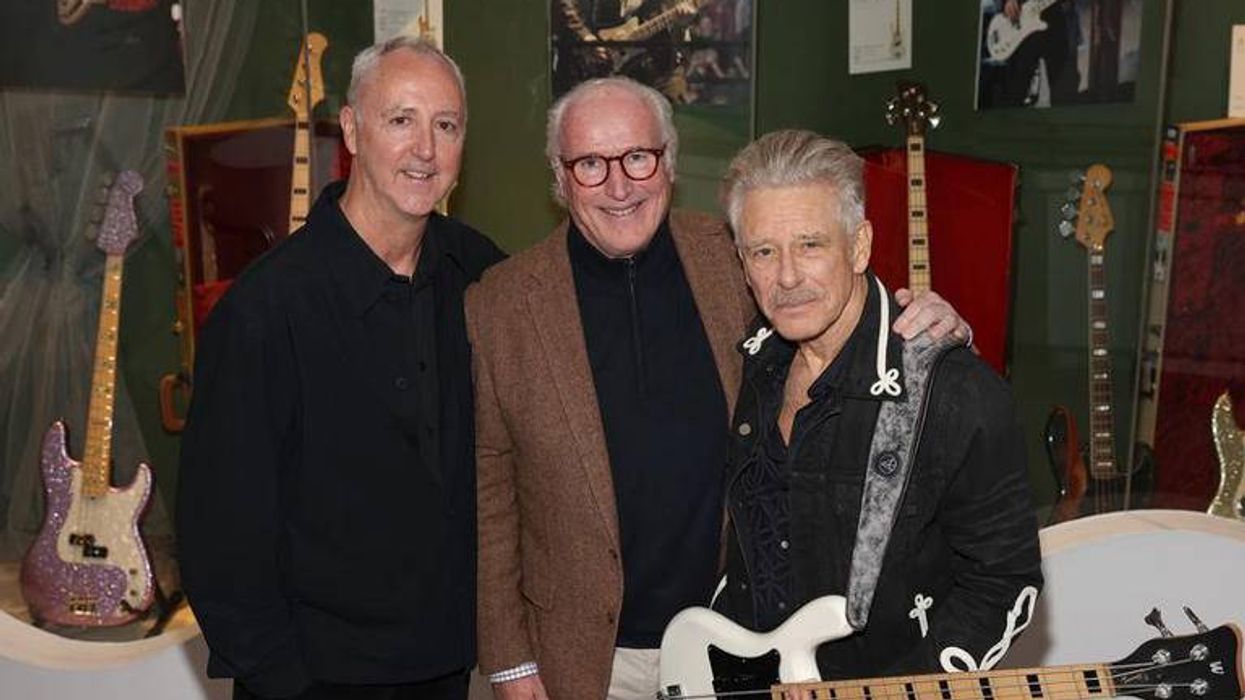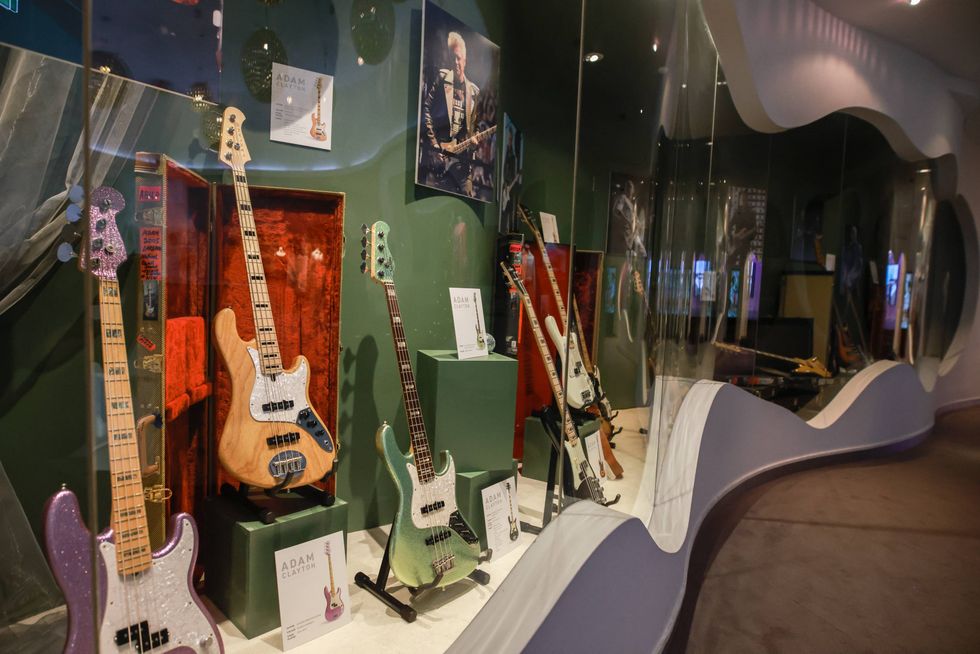Fender Musical Instruments Corporation (FMIC) today introduced the acoustic Joe Strummer Campfire and Joe Strummer Esquire guitars, in celebration of the legendary British singer, guitarist, lyricist and co-founder of The Clash who continues to influence the way musicians worldwide shape their sound today. The signature models come more than 40 years after the release of The Clash's landmark London Calling album and hot on the heels of the all-new, remastered collection of Strummer's solo songs, ASSEMBLY. Created in part as a tribute to the diversity of Joe Strummer's music, the new launches include a Campfire acoustic-electric guitar and a very limited edition run of Master Built Esquire guitars from the Fender Custom Shop. In addition, fans can get their hands on a brand new range of Strummer-inspired playing accessories, including a replica of his favorite guitar strap.
"Joe's Fender guitars were a huge part of his life and, of course, his music," said Lucinda Tait, widow of Joe. "Now feels the right time to collaborate with Fender on these commemorative guitars, as we take a moment to reflect on everything Joe and his music achieved. Joe would be immensely proud of them, and excited to hear what they can do in the hands of music lovers around the world."
"Joe Strummer changed music forever, including for myself personally in my own musical journey" added Justin Norvell, Executive Vice President, Product at Fender. "He is inexorably linked to Fender, so we wanted to honor that with not only one, but two brand new and unique Artist Signature Series guitars. The Joe Strummer Campfire acoustic is the perfect offering for songwriters, Strummer fans and acoustic players at all levels looking for a versatile instrument with unique specs, while the Joe Strummer Esquire serves as the ultimate tribute to a player and a guitar which shaped the sounds of thousands following in his footsteps."
Punk poet, musician, composer, actor and style icon, Joe Strummer spent his life smashing musical and cultural boundaries both as the front man of The Clash and as a solo artist. Songs like 'Know Your Rights', 'London Calling', 'Rock the Casbah', 'Straight to Hell' and 'Coma Girl' engulfed the global masses and sound as urgent and vital today as when they were written. Strummer's politically charged lyrics helped bring punk to the masses. Calling out social injustices and giving a voice to the struggles of the working class, his lyrics struck a chord with legions of fans and the press alike – Rolling Stone called The Clash "the greatest rock & roll band in the world." Strummer once famously said, "People can change anything they want to, and that means everything in the world." And through his art, Strummer played his part in shaping the musical landscape of the world and with it left an unrivaled and timeless legacy.
Joe Strummer Campfire Acoustic | Artist Signature Series | Fenderyoutu.be
The Joe Strummer Campfire acoustic guitar is a tribute to the legendary music-filled campfires that Strummer held at Glastonbury Festival in England over the years – and which are now continued annually in his honor in the Strummerville area at the festival. This small-body acoustic-electric guitar is the perfect companion for gatherings of any size, and another way that Strummer will continue to bring people together through a shared love of his music. Boasting a solid spruce top with mahogany back and sides, the guitar has a tilt back Fender headstock and a custom sound hole label with a Campfire logo and star inlays. Suitable for beginners or established players looking for a unique spec from their acoustic guitar, the Joe Strummer Campfire is available now.
In addition, Fender brings Strummer fans all around the globe the Joe Strummer Esquire- the ultimate tribute to a music legend. Meticulously created by Custom Shop Master Builder Jason Smith, the guitar is a faithful reincarnation of Strummer's guitar of choice during the London Calling and Combat Rock eras – his tried and trusted Fender Esquire. A perfect match for his stripped-down, no-nonsense delivery, the Esquire was the perfect tool for Strummer to hammer away on show after show. The Fender® Custom Shop and Master Builder Jason Smith have now reproduced this important piece of musical history, complete with a 'The Clash-era' look and feel - including its iconic black racing stripe, "Bourbon Street" sticker and custom relic finish. Key features include a 2-piece offset seam alder body and a Josephina hand-wound '55/'56 bridge pickup wired up to a 3-way switch and '59 Esquire® wiring. The guitar comes with a certificate of authenticity and a custom pink anvil case with a "Strummer" stencil and leopard print lining. Master Builder Jason Smith will build a limited run of just 70 units of the guitar, globally.
"Working on this build has been a true honor," said Jason Smith, Master Builder at the Fender® Custom Shop. "Strummer's Esquire is one of the most recognizable and revered guitars in the world. This model is much more than a collector's item – it is packed full of incredible features, from its Schaller mini-tuning machines and '59 Tele bridge, which can be strung through the body or top loaded through the bridge plate - this bridge which was available exclusively in 1959. I can't wait to see what these guitars can do out there in the world today."
Strummer fans can now also get their hands on a range of all-new accessories from Fender® to celebrate Strummer's unparalleled style and substance. The range includes a guitar strap which is a recreation of Strummer's own favorite, featuring faux leopard print animal fur on high-quality leather with foam padding. See full information below.
Joe Strummer Esquire
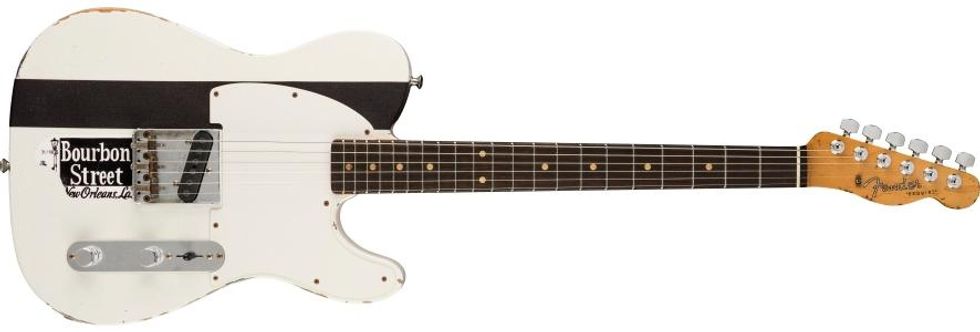
Photo courtesy of Fender
Joe Strummer Esquire ($15,000 USD, £14,149, €15,799, $22,999 AUD, ¥1,880,000 JPY) The Legendary Joe Strummer played guitar with an intensity that cut like a knife, with raw energy and passion in every swipe at the strings. His style was direct, honest, and empowering to the listener and would create legions of die-hard fans around the world. Best known for his work with The Clash, Strummer and his bandmates were a major part of the creation of punk rock and has inspired countless other bands to this day. His guitar of choice for the London Calling and Combat Rock era was his tried and true Fender Esquire. A perfect match for his stripped down, no nonsense delivery, the Esquire was the perfect tool for Strummer to hammer away on show after show. Now, the Fender® Custom Shop has recreated this piece of musical history for a very special run by Master Builder Jason Smith. Smith has reincarnated the exacting detail complete with black racing stripe, custom "Bourbon Street" sticker and custom Relic finish. The Joe Strummer Esquire will be Master Built by Jason Smith in a limited run of 70 units globally, available to order now.
Joe Strummer Campfire
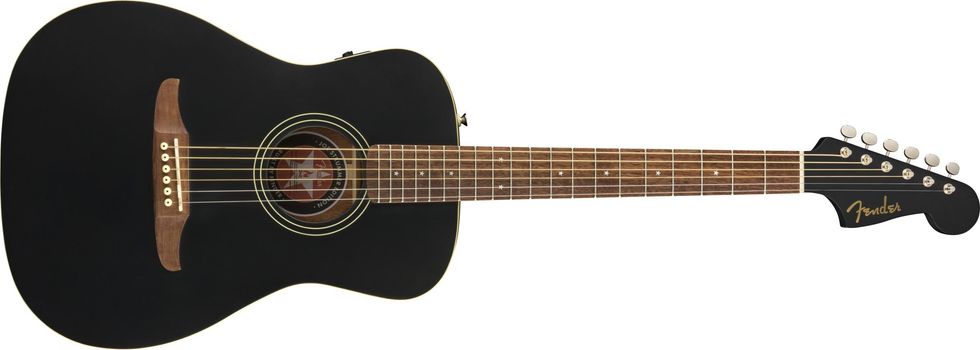
Photo Courtesy of Fender
Joe Strummer Campfire ($499.99 USD, £449, €499, $899 AUD, ¥45,000 JPY) More than 40 years after the Clash's iconic album London Calling was released, Joe Strummer - the band's articulate and fiery co-founder, lyricist, rhythm guitarist and lead singer - remains an incredible influence to players all over the world. The Joe Strummer Campfire guitar is inspired by the legendary campfires that he held at Glastonbury Festival and are now continued annually in the Strummerville area at the festival. Everyone was invited to join the party, with Strummer encouraging a loose assembly of people to his "campfire" to bond by the rising flames until dawn. This small-body acoustic-electric guitar is the perfect companion for gatherings of any size and to continue Strummer's legacy of bringing people together through music. Boasting a solid spruce top with mahogany back and sides, the Campfire reflects Strummer's legendary aesthetic with its matte black finish, nickel hardware and star inlays. Available now.
Strummer fans can now also get their hands on a range of all-new accessories from Fender to celebrate Strummer's unparalleled style and substance. The range includes a guitar strap which is a recreation of Strummer's own favorite, featuring faux leopard print animal fur on high-quality leather with foam padding. See full information below.
- Fender Joe Strummer Signature Cable ($34.99 USD / £25.99 GBP / €29.99 EUR / $55.00 AUD / ¥4,400 JPY) – Celebrate Joe Strummer's unparalleled style and substance with his signature "Know Your Rights" cable. This eclectic instrument cable is designed to be unique -- with a lucky 13' length, Drab Green PVC jacket, and his very own signature on the cable's shrink wrap. A high-performance cable is a perfect choice for the aspiring punk rocker, street poet, or roving troubadour.
- Fender Joe Strummer Signature Vintage Strap ($74.99 USD / £59.99 GBP / €69.99 EUR / $110 AUD / ¥8,800 JPY) – A faithful replica of Strummer's famously used saddle strap. Recreated to model Joe's favorite personal strap found on his legendaryTelecaster, this strap features faux leopard print animal fur on high-quality leather with foam padding.
- Fender Joe Strummer Signature "Know Your Rights" Strap – ($29.99 USD / £26.99 GBP / €29.99 EUR / $55.00 AUD / ¥4,000 JPY) - The "Know Your Rights" polyester strap pays homage to one of Joe's most poignant and powerful lyrics. Mirroring the artwork from his new album ASSEMBLY, this fully adjustable strap features iconic images of the legend himself that will inspire you to pick up your guitar and play.
- Fender Joe Strummer Signature "Know Your Rights" Pick Tin ($11.99 USD / £10.99 GBP / €11.99 EUR / $19.00 AUD / ¥1,600 JPY) - A "Know Your Rights" collector's pick tin in honor of the legendary music of Strummer.
In true tradition, the Fender Artist Signature Series honors iconic musicians through product progression and storytelling, creating instruments inspired by the unique specifications of the world's greatest guitarists and bassists. Fender discusses the all-new Joe Strummer Campfire and Joe Strummer Esquire specs and all details in an episode of Fender's serialized social video series: Fender Demos. Fender Demos is an educational video series focused on providing a deep dive into Fender's newest products. The series focuses on showcasing not only the key features and benefits, but also the sonic quality of Fender's instruments, amplifiers and pedals. In addition to product demos, the series also provides valuable beginner, intermediate and advanced tone tips, set-up and maintenance guides and insights to getting the most out of your Fender gear.
For more information, visit fender.com



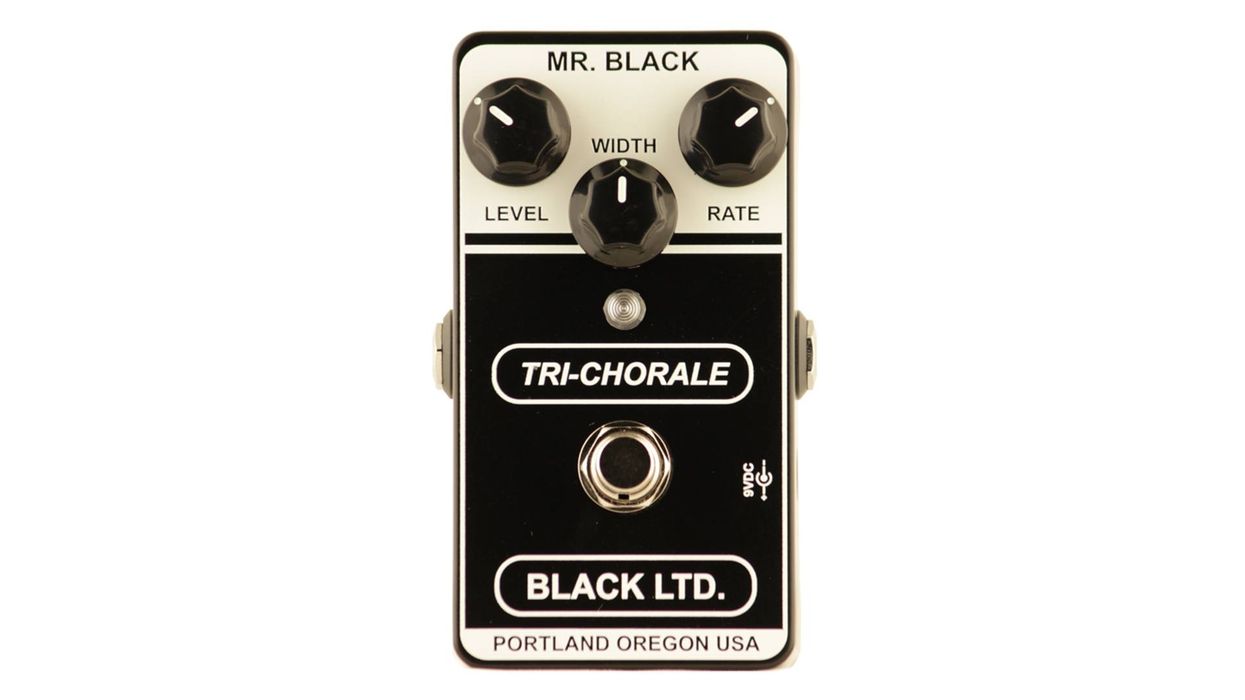

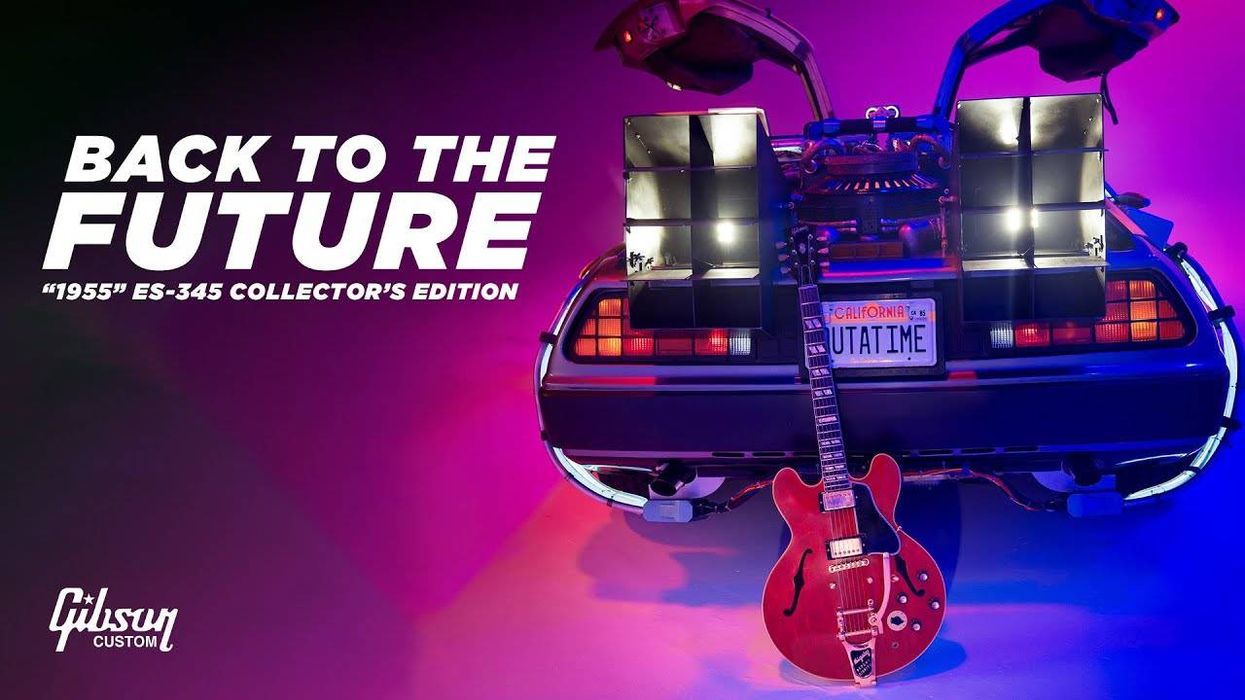
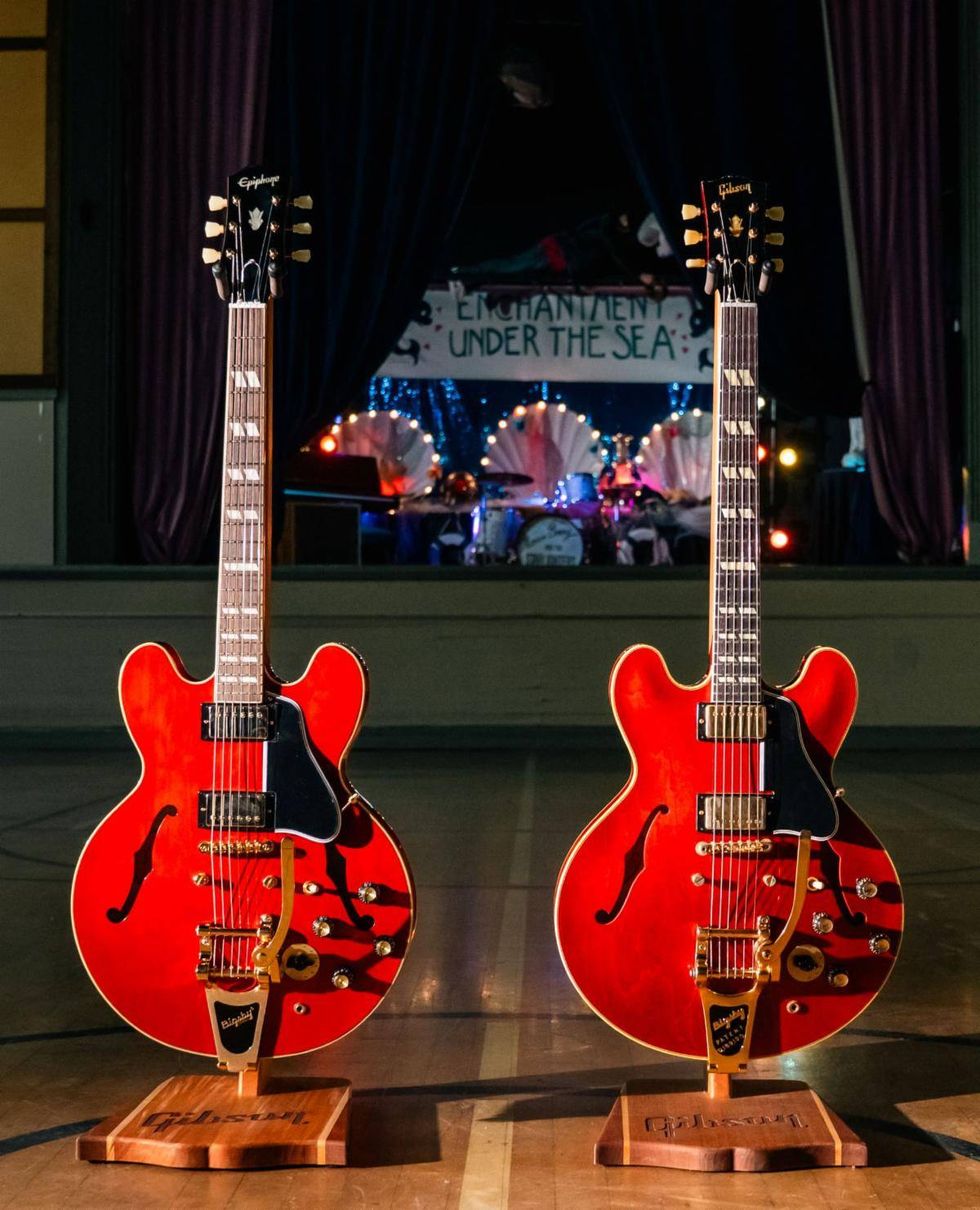
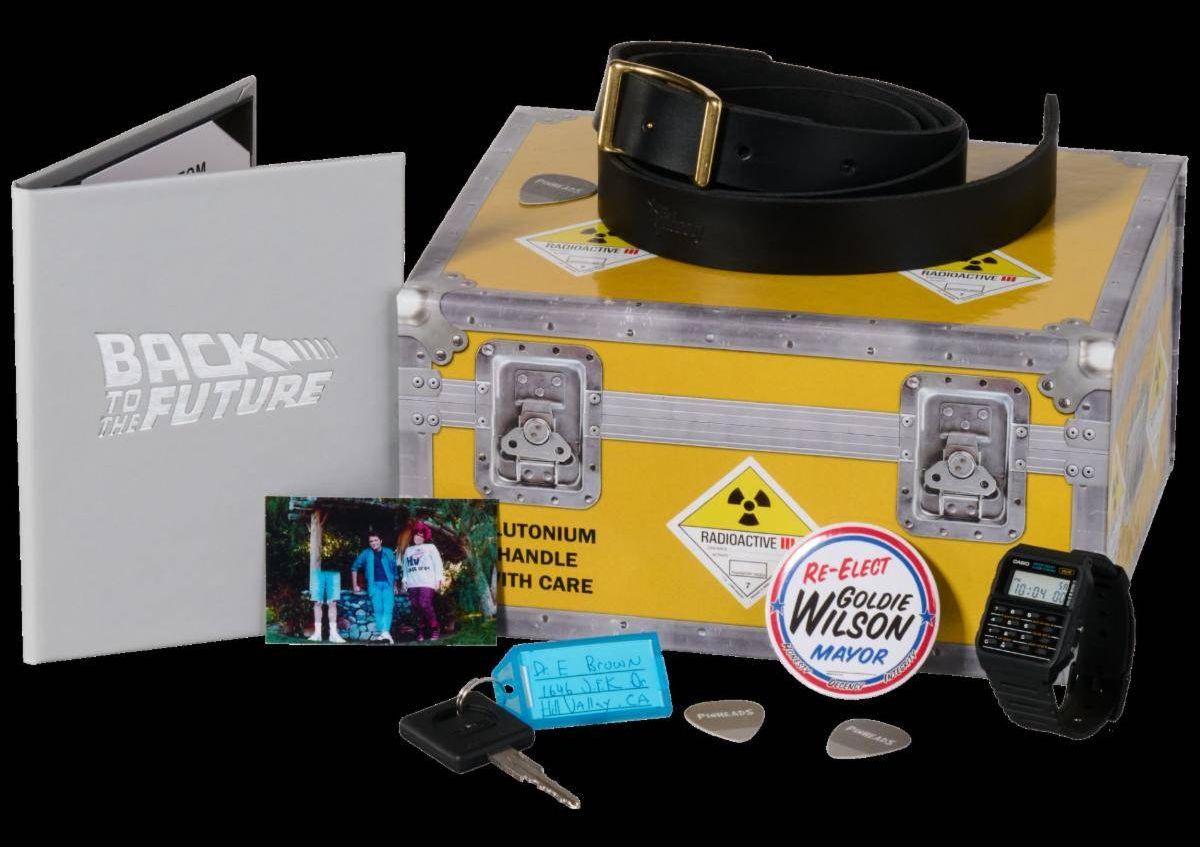


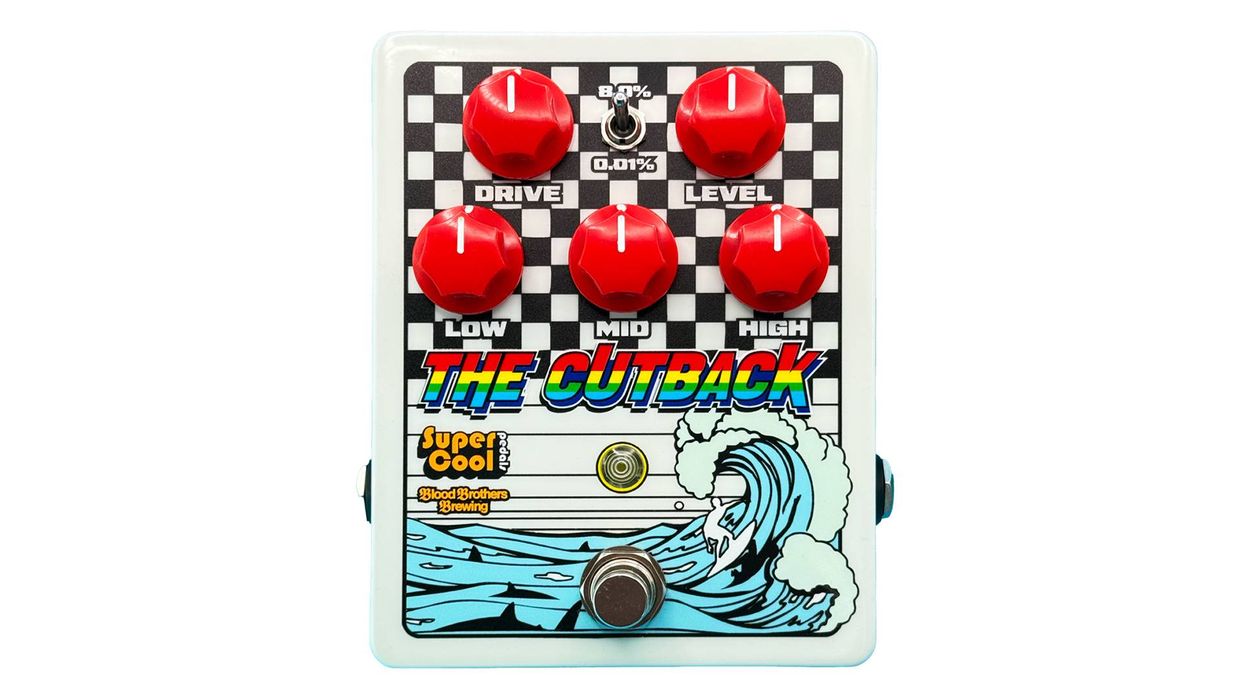

![Devon Eisenbarger [Katy Perry] Rig Rundown](https://www.premierguitar.com/media-library/youtube.jpg?id=61774583&width=1245&height=700&quality=70&coordinates=0%2C0%2C0%2C0)


